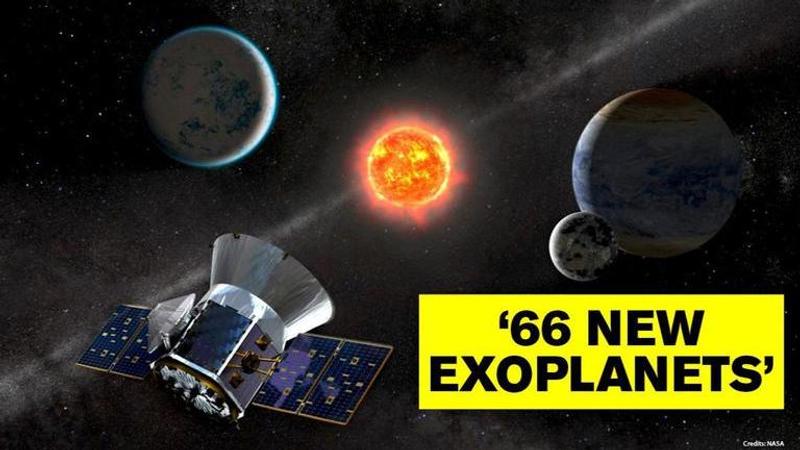Published 14:10 IST, August 13th 2020
NASA's TESS completes its primary mission, discovers 66 new exoplanets
NASA’s Transiting Exoplanet Survey Satellite (TESS), on July 4, finished its primary mission. As a result, it found 66 new exoplanets and nearly 2100 candidates

NASA’s Transiting Exoplanet Survey Satellite (TESS), on July 4, finished its primary mission. As a result, it found 66 new exoplanets and nearly 2100 candidates which astronomers are working to confirm, US space agency said. TESS, which was on a two-year planet-hunting mission, scanned 75 per cent of the starry sky during its mission. Patricia Boyd, the project scientist for TESS at NASA's Goddard Space Flight Center in Greenbelt, Maryland wrote on the website, "TESS is producing a torrent of high-quality observations providing valuable data across a wide range of science topics."
On extended mission
As per NASA, TESS is responsible for monitoring 24 by 96-degree strips of the sky called ‘sectors’ for about a month using it’s four cameras. As per it’s the earlier schedule, TESS scanned 13 sectors which comprised of the Southern sky in 2019 and the spent another year imagining the northern sky. “Now in its extended mission, TESS has turned around to resume surveying the south”, NASA on its website revealed. The planet’s Hunter’s mission is scheduled to end in September 2022.
(Image credits: NASA)
In another special discovery, NASA’s InSight lander that started surface operations at Elysium Planitia on Mars has revealed the Red planet’s surface details in the seismograph data that it collected about 10 weeks after landing. Short for Interior Exploration using Seismic Investigations, the Geodesy and Heat Transport captured intricate details and measurements of three subsurface boundaries from the crust to the core of the celestial body, observed by Rice University seismologists, a statement confirmed.
Updated 14:10 IST, August 13th 2020




